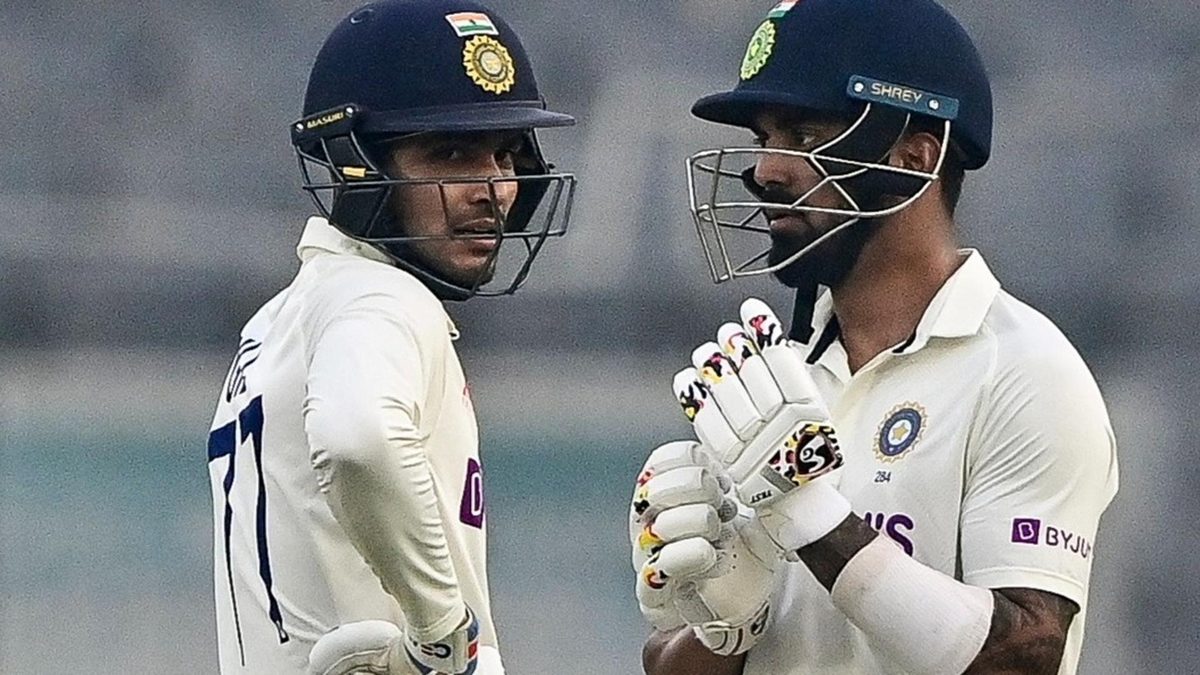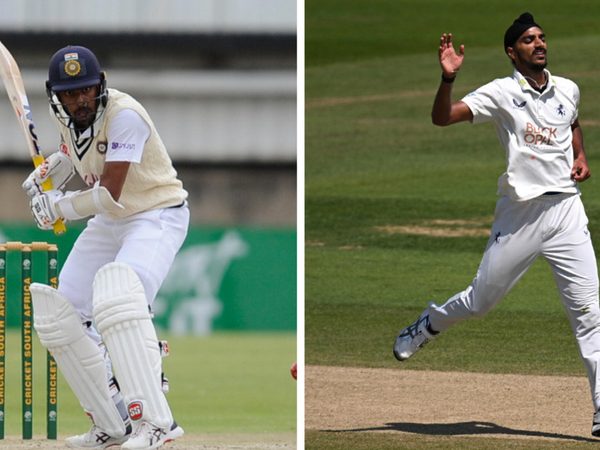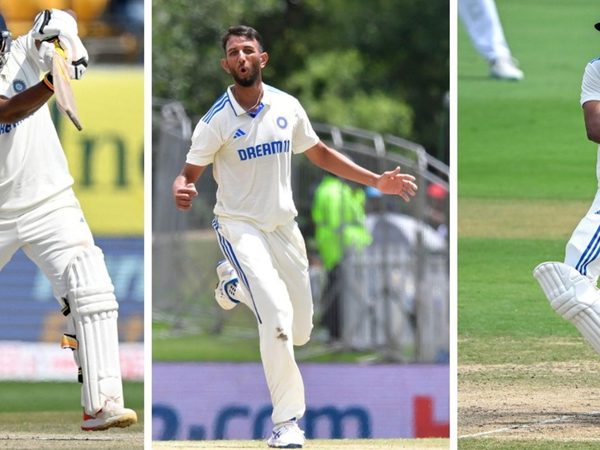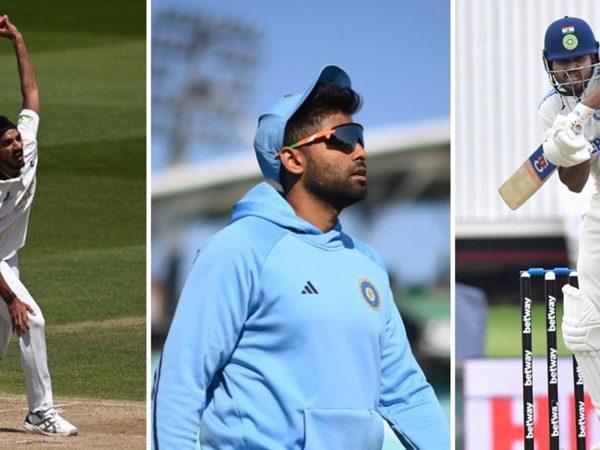
Duleep Trophy 2024 is set to become one of the best indian domestic cricket tournaments for some time.
The Bombay Quadrangular: A predecessor to Duleep Trophy
Despite the advent of the Ranji Trophy, the Bombay Quadrangular (later Pentangular) used to be the most popular cricket tournament in India in the 1930s. The problem was, it was an interfaith tournament – a concept India could do without during their struggle for Independence.
JC Maitra, sports editor of the Bombay Chronicle, was among those who called for the abolition of the Quadrangular. He also floated the idea of a quadrangular inter-zonal tournament as a replacement. It sat well with cricket’s customary geographical hierarchy: the club-state-country route would now have a new penultimate point.
The Bombay Pentangular had to be called off as communal violence intensified in India in the mid-1940s. The Ranji Trophy became India’s premier competition. Since there were too many teams, the BCCI finally introduced a new tournament from 1961/62.
The history of Duleep Trophy
They named it after Duleepsinhji, who had, like his uncle Ranjitsinhji played for England, made a hundred on Ashes debut, and captained Sussex. Unlike Ranji, however, Duleep played first-class cricket in India, in the Quadrangular. Duleep died in December 1959, not too long after the tournament was launched.
The Duleep Trophy was, for years, played with five teams, representing the East, West, North, South, and Central Zones. While a ten-match round-robin league was too long, but at the same time, five was an uncomfortable number for a knockout tournament. An edition lasted only four matches.
At the same time, in the era preceding an India A team, the Duleep Trophy served as a vital intermediate step between the Ranji Trophy and Test cricket. The route, while not perfect, was still better than a direct leap from the Ranji Trophy to the Rest of India squad in the Irani Cup to the Test side. Duleep Trophy matches were often high-profile, and attracted both Test certainties and large crowds.
The decline
As ODIs began to become as important as Test cricket, the international certainties began to feature less often in Indian domestic cricket. Only eight of Sachin Tendulkar’s 310-match first-class career were for West Zone, along with 43 for Bombay (later Mumbai). Contrast this with Sunil Gavaskar, for whom the numbers read 24 and 77 out of 348.
The 21st century brought about more changes took place in Indian cricket, and for good reasons too. For long, the first round of the Ranji Trophy was split into five groups, one representing each zone. Since the same teams continued to dominate the groups (with the odd exception), their cricketers also kept making it to Duleep Trophy squads. This prevented the Indian team from becoming a truly pan-national unit.
In 2002, the BCCI launched the Talent Research Development Wing. The TRDW scouts went beyond the major cities, which served as the powerhouses of Indian cricket and spotted, among others, MS Dhoni, Piyush Chawla, Irfan Pathan, S Sreesanth, RP Singh, and VRV Singh.
That same season (2002/03), the Ranji Trophy moved away from the zonal format to a two-division structure, with promotions and relegations. The Duleep Trophy teams were based on the same groups, whose arbitrariness left both the players and the fans without a sense of belonging.
The Ranji Trophy retained the structure, but from 2003/04, the Duleep Trophy returned to the five-zone format. They invited a sixth team as well – the ‘A’ side of a an ICC Full Member. This served two purposes. First, the Indian cricketers got a taste of playing against international cricketers without actually playing for India. And secondly, the even number of teams made classification into two groups possible.
This continued until 2008/09. Around this time, the general fan interest in domestic cricket went on a decline. Part of that had to do with the increasing number of international matches, which showcased the stars – something the Ranji and Duleep matches did not anymore. The advent of the IPL ate two months into already-busy schedules, keeping cricketers further away from domestic cricket, and granting fans access to their favourite cricketers for longer.
By the 2010s, the IPL began to serve as an important stepping stone towards an international cap, pushing the domestic tournaments further away from relevance and glamour. The Duleep Trophy limped along with its five teams, but with three international formats and the IPL, the stars were never going to play until an international comeback was at stake. The Duleep Trophy was not held in 2015/16.
The BCCI experimented the following season. As Australia entered into the era of day-night Test cricket, the Duleep Trophy was played with the pink ball under floodlights – but with three teams. Covid-19 led to a two-season gap, but when it returned, there was a sixth team – North East Zone. However, the big guns continued to stay away, barring the ones with a point to prove or recovering from injuries or looking for game time.
What is changing in 2024?
In 2024, the board mandated that the centrally contracted cricketers had to play domestic first-class tournaments again. It was a push towards the right direction. The zonal format was scrapped, but the four teams included major stars.
Thus, Axar Patel, who lost his place as the third spinner in the Test side earlier this year, will be out there to prove a point. Kuldeep Yadav, the man who displaced him, will want to win the race. It will not be easy, for Axar also has batting credentials.
A fit Rishabh Pant is undoubtedly India’s first-choice Test wicketkeeper, but he is yet to prove his fitness in the longer formats since his horrific injury in end-2022. This will be his chance. If Pant passes the test, Dhruv Jurel will have to remain content with being the deputy gloveman. However, Jurel will want to impress with the bat to an extent that he might be in the contention even as a specialist batter. Also lurking in the sidelines is KL Rahul, eyeing a spot anywhere in the top six, with or without additional responsibility of the big gloves.
Eyes will be on the fast bowlers as well. India may carry four, even five, on the Australia tour later this year. Jasprit Bumrah, Mohammed Shami, and Mohammed Siraj are certainties. However, since India are unlikely to use little pace in the five home Test matches. the support cast may be decided based on the domestic season. Arshdeep Singh and Khaleel Ahmed’s left-arm angle and Nitish Kumar Reddy’s batting may help them leapfrog the queue.
India do not have a backup off-spinner for R Ashwin either. Washington Sundar is excellent with the bat, but he has bowled under 22 overs per match in first-class cricket. He will be competing with the likes of Hrithik Shokeen and Saransh Jain.
There are also Shreyas Iyer and Ishan Kishan, whose eyes will be as much on international comebacks as on regaining the national contracts.
There is too much at stake this time. Even the Test certainties like Yashasvi Jaiswal and Shubman Gill are here. Perhaps this is where the revival of Indian domestic cricket begins.
Follow Wisden for all cricket updates, including live scores, match stats, quizzes and more. Stay up to date with the latest cricket news, player updates, team standings, match highlights, video analysis and live match odds.








